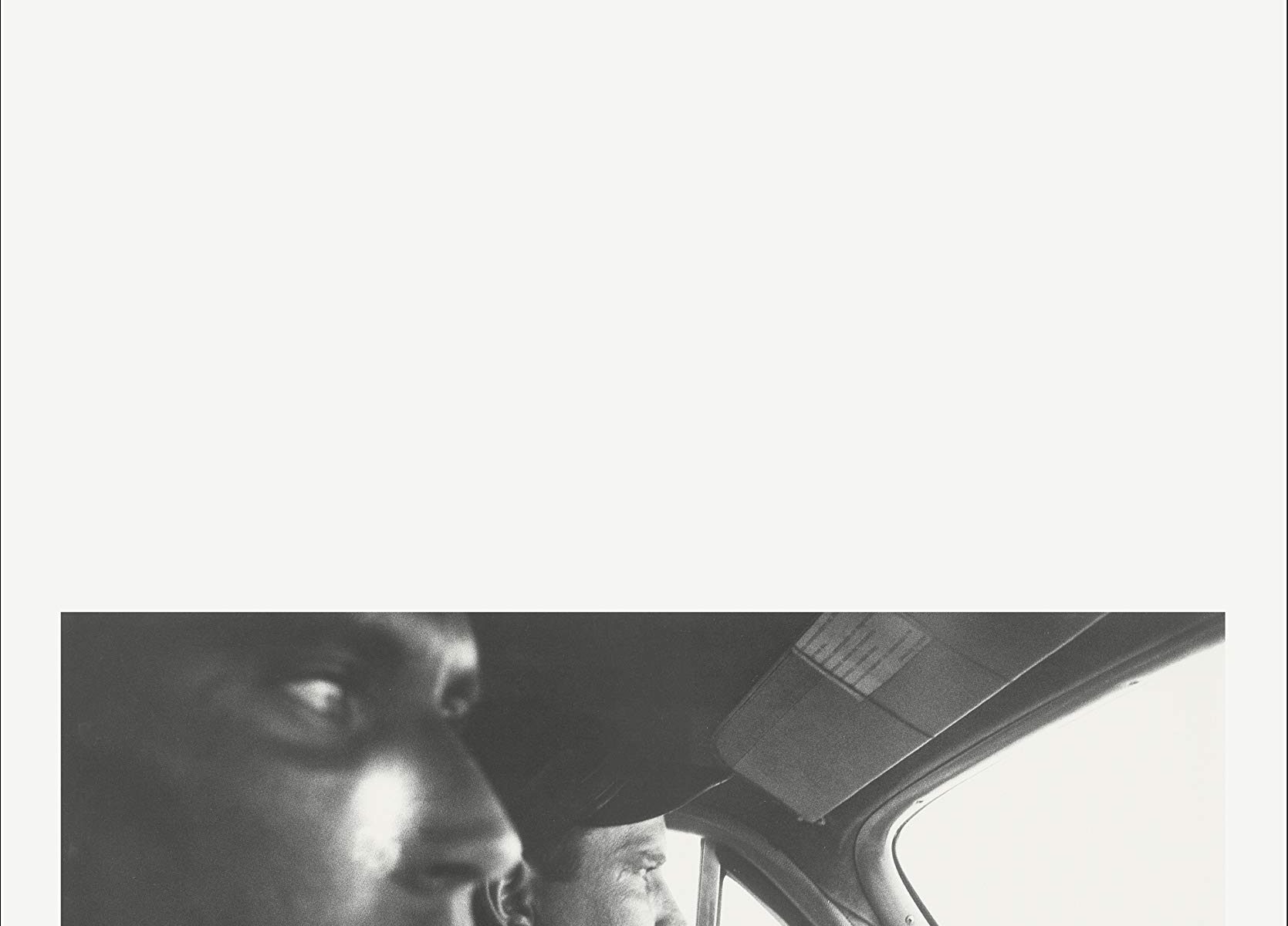Jack Kerouac, On the Road (1957)
I read On the Road because something close to half of the travelers interviewed in Sharif Gemie and Brian Ireland’s The Hippie Trail: A History cited it as an inspiration. As a story, there’s not much to it. Sal Paradise goes to places like Denver, San Francisco, and eventually Mexico by hitching, hoboing, and driving. Along the way, he does a lot of drinking with friends, treating women like accessories rather than people, and getting very revved up about trips to jazz clubs.
There’s a lot to dislike about the book, which emerged before feminism or civil rights had gone mainstream. Like many a travel writer before and since — Thoreau comes to mind — Sal’s adventures are financed by periodic infusions from family members who actually work for a living. And this is the story of a white male slumming with poor Mexican immigrants and Black people and even poor whites whose misfortunes he romanticizes relentlessly.
But that’s not all it is. On the Road is also exuberant, joyful, wild, and amoral — thrilling the way Jane’s Addiction records were thrilling, with lines like “Ain’t no wrong now, ain’t no right” and “I love them whores, they never judge you / ’cause what can you say when you’re a whore?” There’s something enticing in the mad verve for life and the whole I-don’t-give-a-fuck ethos.
On the Road is blessedly short on self-justification, but there are hints of a reason for the ennui that afflicts so many of the characters. Though published in 1957, On the Road was first written in 1951, about travels that took place in 1947 and 1948, in the shadow of the war, which comes up only obliquely in references to people met in the Navy or to GI money coming in. For a later generation, raised on Red scares, under-the-desk drills for nuclear attacks, and paranoid conformity, the echo of that rejectionism was a siren call, and road tripping seemed like a way to break free of the constraints of ordinary life.
And what about the East? Sal Paradise never does make it further than Mexico, but as he puts it, “It was only Nuevo Laredo but it looked like Holy Lhasa to us.” Then he fantasizes about a grander journey and calls Benares “the Capital of the World.” The exotic dream of the holy Orient is there already in 1957, back before Ginsburg’s India trip, back when Kathmandu tourism was still the preserve of rich retirees, mountaineers, and big-game hunters. How did he know? How did Kerouac, never leaving North America, become the pied piper for a generation who would travel ten thousand miles to throw him off for Krishna, the greatest pied piper in world history?
We’ll see. Dharma Bums is on the reading list. But from what I understand, all this mystical mumbo jumbo was missing from the scroll version of On the Road, the famous first draft written on a single long sheet of paper. Somewhere between 1951 and 1957, it emerged. It’s notable that Huxley published The Doors of Perception in 1954, and 1956 brought the publication of the influential The Third Eye, a bizarre fake story of Tibetan Buddhism written by one Cyril Henry Hoskin, who claimed to have been occupied by the spirit of a monk named Lobsang Rampa. A swirl of poorly sourced dharma and karma and Tibetan mysticism was in the air, ready to coalesce into the saffron-and-sitar sixties.

